If you’ve been here for a minute, you know we love merch, and we can’t say enough good things about sticking your logo on pretty much anything you can think of to get your company’s name out there. But while we’re all about putting your logo wherever you can get it, you shouldn’t do it in just any way. (So step awaaay from the permanent marker and spray paint.)
After all, items with your logo on them might be someone’s very first introduction to your company. Sure, a chipped mug or faded t-shirt might signal “well-loved” rather than “worn out,” but ideally, your promotional products are going to look their best for a long, long time. Promotional apparel items that look cheap or poorly done could give a customer the impression that your entire company is shoddy – and we definitely wouldn’t want that.
For fabric-based items – like t-shirts, fleece pullovers, tote bags, and blankets – there are a few different ways you can add your logo to items – and in this post, we’re going to talk about three of them.
Heat Transfer
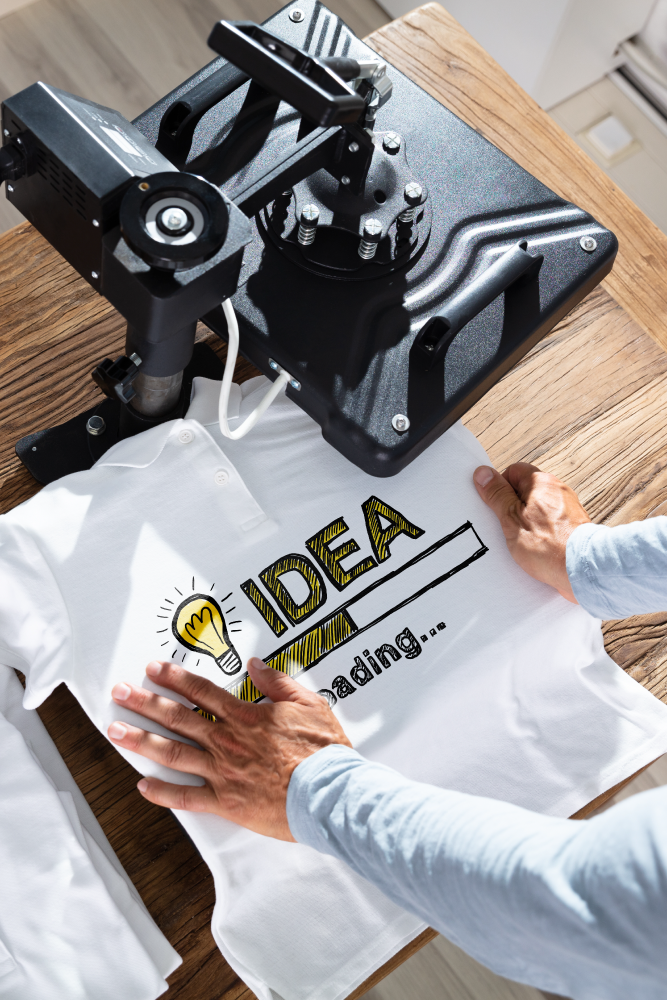
If you’re interested in having your logo or another design put onto a t-shirt or 100% cotton material, heat transfer is an excellent option to consider. The design is bonded to the top layer of fabric as a thick layer of ink and is able to showcase intricate patterns and bold colors. Heat transfer is also the ideal print method for small-batch or personalized orders, such as uniforms with a unique name and/or number.
While it’s entirely possible to use heat transfer on thicker materials, such as fleece, it works best with lighter-weight fabrics.
Screen Printing
Generally speaking, screen printing is one of the most popular methods of getting a logo or image onto apparel items because it’s typically a lower-cost option than heat transfer. However, since multiple-colored images will require multiple screens, the more complex a design is, the more expensive it will be. While screen printing images tend to be less detailed than heat transfer images, they do have a tendency to last longer without cracking since the ink used isn’t as thick and is bonded directly to the fabric rather than just to the top layer.
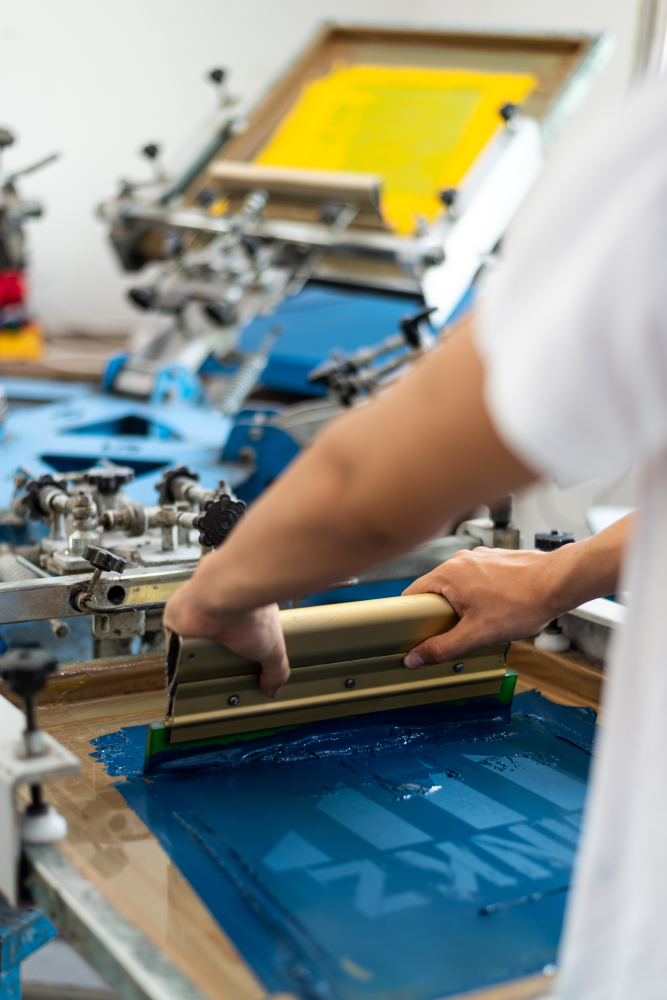
Applique
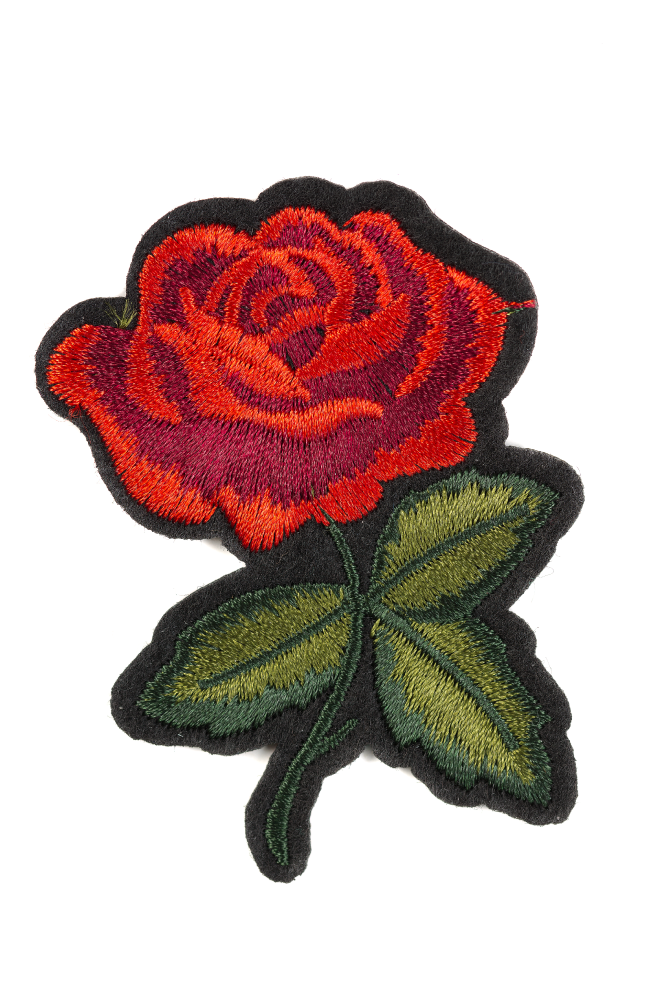
With applique, a fabric patch featuring your logo, emblem, or another symbol (like a groovy peace sign) is sewn onto the piece of apparel. The raw edges of the patch are either folded under or embellished with a decorative stitch. This method creates a slightly raised element to the item and is quite durable since the entire patch is firmly stitched onto the fabric.
Tackle Twill
At its most basic, tackle twill is simply a form of applique. The most popular use of this method is college or sports team logos embroidered on felt and then the entire piece appliqued onto sweatshirts or jackets. There’s essentially no difference between traditional applique and tackle twill other than the distinctive felt backing. Rumor has it that the two methods are differentiated simply because high school and college athletes felt that the team “applique” sounded a bit too delicate for their macho-man endeavors.

Embroidery
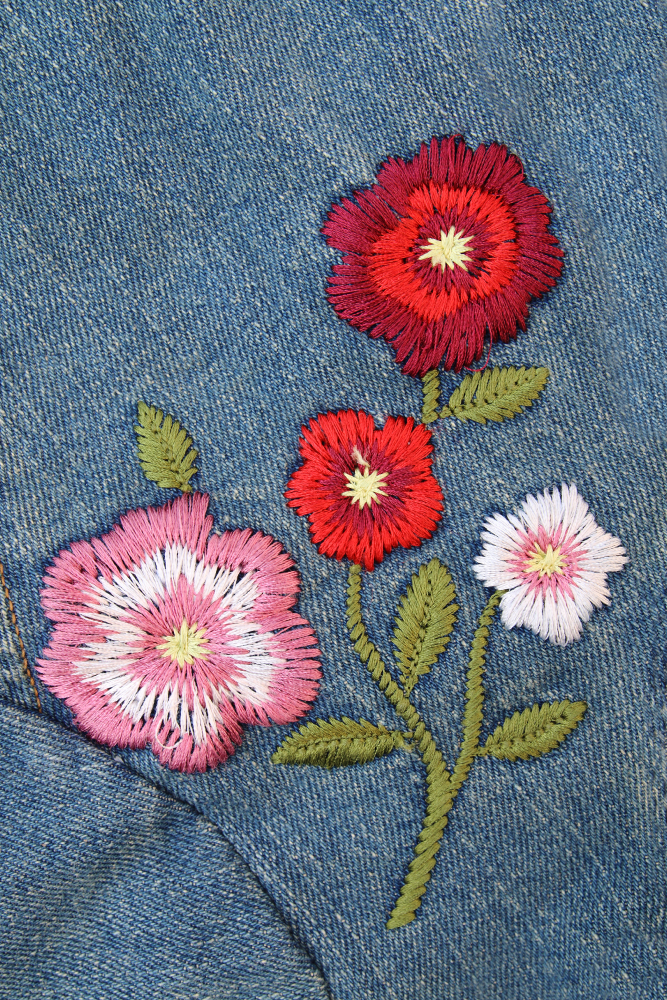
Embroidery is the practice of using a needle and thread or yarn to sew a design onto a piece of fabric. This is one of the most popular methods of customizing promotional apparel with logos, as it’s pretty much the most permanent option available. While it’s possible to embroider almost any fabric, it’s a great option for thicker materials – such as fleece, twill, or canvas – that will not take as well to heat transfers.
Dye Sublimination
For products that require long-lasting designs that can withstand anything – like the heat of your dishwasher – then dye sublimation is probably what you’re looking for. With this print process – which is commonly used to print on mugs, tradeshow banners, and ID cards – the design is first printed on a piece of special transfer paper using sublimation ink. Then, the plastic is applied to the material being printed and put into a heat press. The heat causes the ink to turn into a gas and – in turn – allows it to bond directly with the material by seeping into its pores and becoming one with the material (creepy!). Since dye sublimation leaves behind the transfer paper with the reverse of the image being printed, it can often be a security risk depending on what was being printed (ID cards, for example), and the transfer paper must be shredded or incinerated immediately.
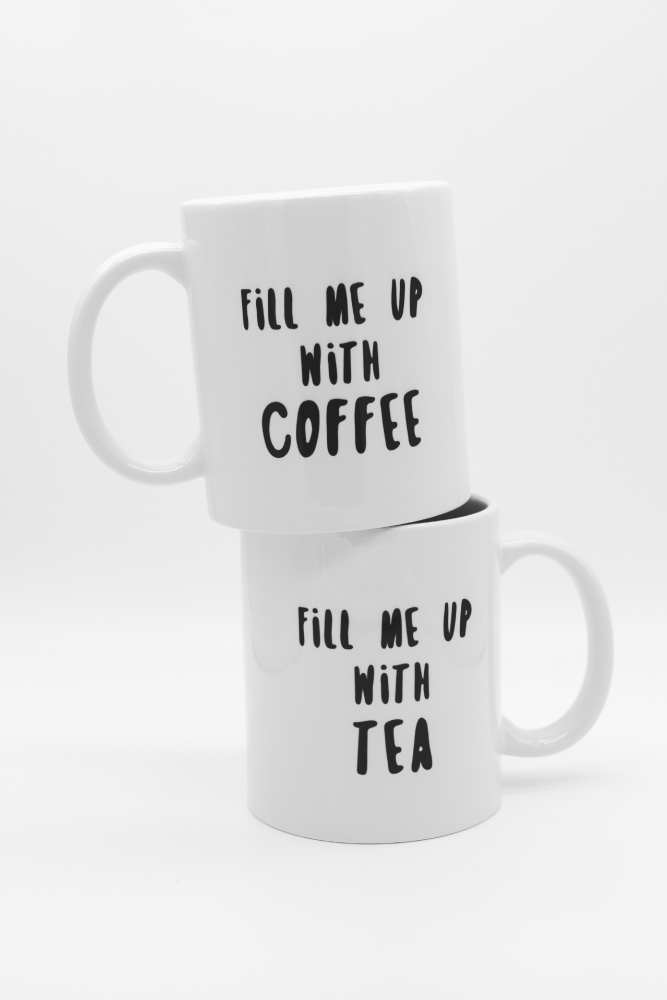
Are you ready to create promotional items – including apparel – with your logo? Take a look at what we have to offer, and then let’s chat about how we can create the perfect item for your business or organization.






